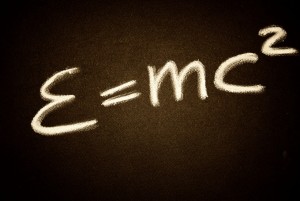In the study of exercise science, there are several universally accepted training principles that must be followed to get the most from exercise programmes and improve both physical fitness as well as sport specific performance.
These rules apply to all exercisers from absolute beginners to elite athletes. Of course, you don’t need to follow all of them all of the time, but if your goal is to get back into your fitness, improve your sports performance, see improvements in your chosen fitness discipline and avoid plateaus, then these fundamental rules are key to your success.
To design an optimal exercise programme, and training schedule, there are 6 fundamental principles. Here, in In Part 1 of this article, I cover the first 3:
The Principle of Individual Differences
The principle of individual differences simply means that, because we’re all unique, we will each respond differently to an exercise programme – it’s another way of saying that there is no such thing as “one size fits all” when it comes to exercise. For a truly effective exercise programme, its design should be based on each individual and take account of their physical differences and responses to exercise.
Some of these differences relate to body size and shape, genetics, past experience, chronic conditions, injuries, age, and gender.
With individual differences in mind, an “off the shelf” exercise programme, DVD or Group Class may not be effective. Certainly, working with a Fitness Coach/Personal Trainer, who will develop a customised programme to meet your needs, will ensure that you achieve what you have set out to do quicker, more safely and you’ll also be equipped with some knowledge to continue an effective plan on your own.
The Principle of Overload
The principle of overload states that a greater than normal stress or load on the body is required for training adaptation to take place. What this means is that to improve our fitness, strength or endurance, we need to increase the workload accordingly.
For a muscle (including the heart) to increase strength, it must be gradually stressed by working against a load greater than it is accustomed to. The keyword here is gradually so that the changes are made at a level and a pace appropriate to the individual. To increase endurance, muscles must work for longer than they are accustomed to, or at a higher level of intensity. Depending on your fitness goal, this could involve the need to lift more weight, or to include interval training workouts conducted at a higher intensity.
The Principle of Progression
The principle of progression implies that there is an optimal level of overload that should be achieved, and an optimal period of time for this overload to occur. A gradual and systematic increase of the workload over time will result in improvements in fitness without risk of injury. If overload occurs too slowly, improvement is unlikely, but overload that is increased too rapidly may result in injury.


